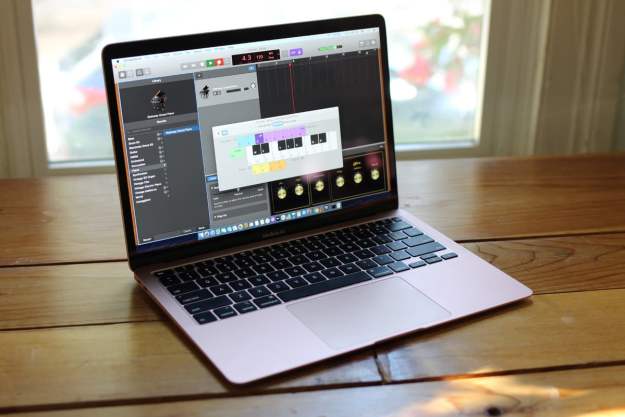Deciding where you’re going to eat as a larger party has never been a fun task, and being paralyzed by the agony of choice has only gotten worse when we have so much information at our fingerprints. Thankfully, Google is coming to our rescue — group planning tools have started rolling out to Google Maps on iOS and Android.
The feature was originally announced way back in May, at Google I/O 2018, among other additions that sought to make Google Maps a more sociable place. When the new feature is installed, users will be able to long-press on a location to add it to a shortlist of possible locations. Long-pressing more locations will add them to the list, and once the list is complete, users will be able to share the list with friends through a variety of chat apps.

But it doesn’t stop there either — friends will then be able to vote on the choices being presented from within Google Maps, either with a thumbs up or a thumbs down, narrowing down the options. Google keeps track of the votes, and proclaims a winner once the voting is complete. Friends will even be able to add their own choices to the poll, making it even easier to put together a democratic decision. It’s a simple feature, but one that adds a simple solution to a previously complex (and annoying) problem.
The update is rolling out on Android and iOS right now, and it will be coming out in batches, so if you don’t have it yet, keep checking and it will show up eventually.
This is just one of the features that Google is rolling out to expand the usefulness of Google Maps. An “Explore” and “For You” function was added a few months ago, and these features sought to make Maps a more personal experience. “For You” is a feed of nearby restaurants and attractions that Google thinks you might be interested in, with a corresponding “Your Match” rating, while “Explore” gives the ability to easily search for nearby restaurants within a specified niche — ranging from vegan to barbecue — while also drilling down into an area’s most recommended haunts.
Editors' Recommendations
- Google is bringing Chrome browser to cars, even more EV features to Maps
- What is Google Assistant? Here’s the guide you need to get started
- How to use Google Maps
- Google Fi: Phones, plans, pricing, perks, and more explained
- Google Lens is getting Chrome integration to help you find out-of-stock products


